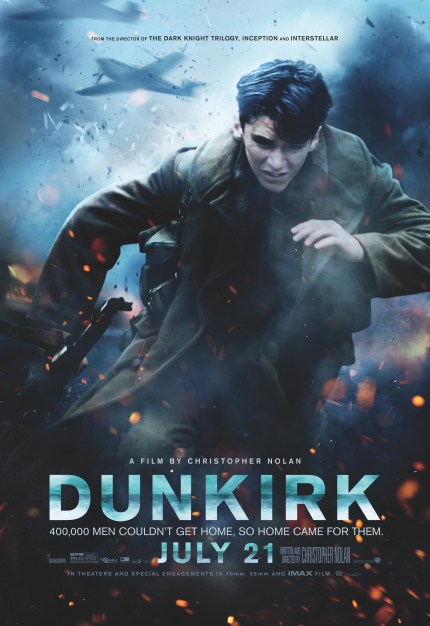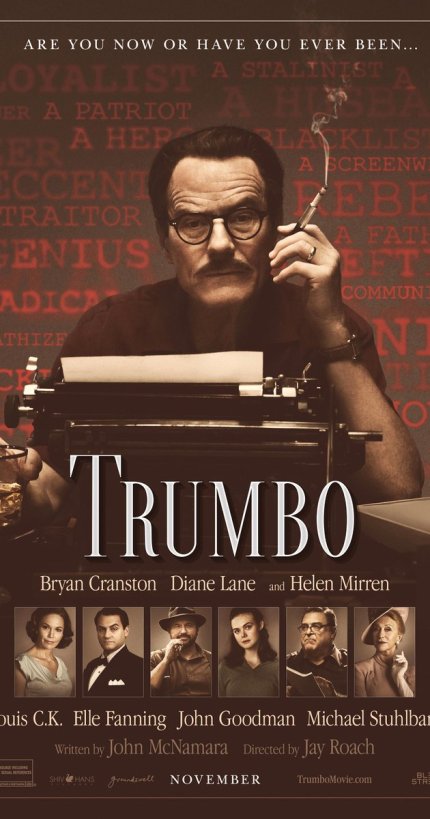
Today’s Cinema Adventure was originally published in
By now, the story of Edith Bouvier Beale and her daughter, “Little” Edie, is well-known lore within the popular culture.
Aunt and cousin to Jackie Kennedy/Onassis and Lee, this pair of eccentric society women fell on hard times and lived in isolation together for decades at their decaying Hamptons mansion. When local authorities threatened to evict them for health and sanitation violations, Jackie and Ari Onassis donated money to finance the necessary repairs – staving off unsavory publicity and ensuring that the reclusive Beales could maintain their strange, co-dependent existence for years to come.
That existence was revealed to the wider world in the 1975 documentary, “Grey Gardens,” filmed by two brothers, Albert and David Maysles, who had initially been enlisted by Lee Radziwell to make a film about her and Jackie’s own childhood in the Hamptons. When they accompanied her to visit the Beales during the summer when their home was being brought up to code, they became entranced, and subsequently suggested to Radziwell that they shift the focus of their film to her reclusive relatives instead. Radziwell abandoned the project, but the Maysles were undeterred. They secured permission to return and spend a few weeks filming with Big and Little Edie; the result was a film that turned the women into unlikely cultural icons and has gone on to inspire a 2006 sequel, an HBO biopic, a Broadway musical, and a legendary segment on “RuPaul’s Drag Race.”
It has also come to enjoy tremendous popularity among gay men, perhaps because the personas of the two women – particularly the “staunch” Little Edie, with her bold “sweater-as-a-head-wrap” fashion sense – resonate deeply with many of their own sensibilities.
Gay or straight, fans of “Grey Gardens” have new reason to rejoice, thanks to Swedish director Göran Hugo Olsson, who brings us a “prequel” of sorts in the form of his new documentary, “That Summer”
Constructed from long-buried private footage taken mostly by artist/photographer Peter Beard, the film documents the lives of then-beautiful and stylish Radziwell and her circle of famous friends – who include Beard, Andy Warhol, and Truman Capote, among others – during the summer of 1973. This cadre of sophisticates is ostensibly Olsson’s focus – but part of their summer activities was that fateful visit to Grey Gardens, and the main attraction here is the inclusion of the legendary Beales.
The early scenes of Radziwell and her entourage are lovely and nostalgic; these beautiful people exude effortless grace and elegance, seeming completely at ease in a lifestyle of which most of us can only dream. Fascinating as this material may be, though, it’s not particularly revealing; its most significant value, perhaps, is that it reminds us of a bygone era when America’s super-wealthy population was not represented predominantly by classless buffoons.
The four reels of film that Olsson uses as his centerpiece are a different matter; these segments heavily feature Big and Little Edie, and they offer a much rawer look at the Beales than we get in “Grey Gardens.” Making that film, they knew that the eyes of the world would soon be upon them, and they were putting their best foot forward. They do it here, too, but with less self-awareness. The roughness creeps in at the edges; their cheer is a little more desperate, their patience a little thinner. They’re the same Edies that we know and love, but unplugged.
The mansion itself is also rougher. As dilapidated as it is in the Maysles’ movie, it’s heartbreakingly worse here. The camera lingers on its piles of clutter, its rotting walls and ceilings, its disintegrating furniture. The atmosphere, instead of being rustic, is gloomy; the omnipresent cats and raccoons seem less adorable, somehow – and so do the Beales.
This doesn’t make them any less likable – in fact, this subtle difference in perspective brings out their humanity, and opens us up to feel even more compassion for them. These women endured years of pain and hardship – the broken dreams and shattered relationships of their lives have been well-documented since “Grey Gardens” first brought them into the public eye – and in this film, we can see the scars.
Olsson wisely follows the Maysles’ example by employing the same “direct cinema” style; the footage is presented without narration or commentary (aside from a few transitional moments when we hear reminiscences by the modern-day Beard or comments by Radziwell excerpted from a 2013 interview), allowing the audience to make what they will of the Beales and their jet-set visitors. That everyone comes off in a sympathetic light is hardly surprising, given that the material itself was created by its participants, but this politeness doesn’t take anything away from the film; the civility of its tone is appropriate to its genteel subjects, and savvy audiences can still easily read between the lines to draw their own conclusions.
“That Summer” is a movie with a tough act to follow; its predecessor into the world of the Beales was the proverbial lightning in a bottle, one of those shimmering masterpieces of cinema that captured a moment in time that can never be recreated. Through a combination of art and happy accident, “Grey Gardens” became somehow magical, and no follow-up could hope to match its remarkable quality. It’s to Olsson’s credit that his movie doesn’t even try. Instead, it contents itself with offering another peek at Big and Little Edie, and by giving us a little more context through which to see their world.
It’s not a classic on its own, but it’s a valuable supplement to one – and that’s enough to make fans of the Beales welcome it with an open heart.








 Today’s cinema adventure is “Ragtime,” a 1981 film based on the acclaimed novel by E.L. Doctorow. Featuring a mix of real-life historical figures and fictional characters, it’s a kaleidoscopic look at American culture through a nostalgic, turn-of-the-century filter; but it’s really about how we, as a people, react in the face of social inequality – perpetuated by a cultural hierarchy based on income, fame, class, and (most of all) race – and about how, despite the changes on the surface – things are really much the same roughly a century later.
Today’s cinema adventure is “Ragtime,” a 1981 film based on the acclaimed novel by E.L. Doctorow. Featuring a mix of real-life historical figures and fictional characters, it’s a kaleidoscopic look at American culture through a nostalgic, turn-of-the-century filter; but it’s really about how we, as a people, react in the face of social inequality – perpetuated by a cultural hierarchy based on income, fame, class, and (most of all) race – and about how, despite the changes on the surface – things are really much the same roughly a century later.
















































































 Today’s Cinema Adventure originally appeared in
Today’s Cinema Adventure originally appeared in














 Today’s Cinema Adventure was originally published in
Today’s Cinema Adventure was originally published in






















 Today’s Cinema Adventure was originally published in
Today’s Cinema Adventure was originally published in



































